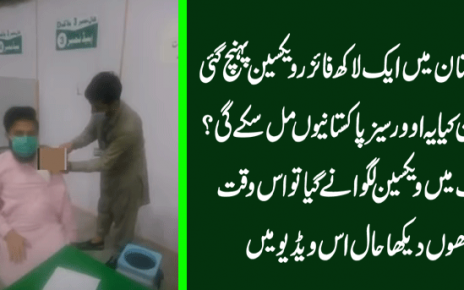Mental medical aid is characterized as offering prompt, merciful help after a horrible mishap which assists kids & teenagers with recognizing survival techniques or sound, versatile survival techniques for managing the emergency. Mental emergency treatment for kids and young people alludes to the particular advances that grown-ups can take to assist kids with managing their own flight, battle or freeze reaction to an emergency or awful accident.Techniques related with mental medical aid can be utilized by educators to adequately reach and react to understudies who have as of late experienced or are as of now encountering an emergency or horrible mishap. Further, early intercession may likewise keep kids from encountering perplexing, long terms side effects because of the injury.In numerous networks, schools are seen as center points of social communication, data and now and again, support. Schools can be ideal areas for kids and youthfulness to get mental emergency treatment in the wake of encountering an emergency or horrendous mishap. Understudies carry their social & feelings to school and it isn’t unexpected the homeroom instructor who should intercede and offer help, especially on the off chance that an educator has been accused of an instructor guide job inside the school.

.
In this article,i layout steps educators might take part in mental medical aid practices to help their understudies who have as of late experienced horrible mishaps.
Making contact alludes to building a believing relationship with a kid and setting up contact so the youngster feels that somebody is accessible and that the grown-up will tune in, approve, backing and care for them. For educators who have set up solid associations with their understudies, making contact may likewise mean seeing inconspicuous or articulated conduct changes in an understudy & setting aside a few minutes for one on one contact with the kid to tune in. Educators should set up contact however don’t compel a kid or young adult to tell the instructor “what occurred” or “what’s going on”. Youngsters and teenagers might be inquired as to whether they might want to discuss the occasion or emergency, however ought not feel compelled to tell “the story” on the off chance that they can’t or unready to do as such. A few youngsters may essentially need to examine how they feel, how their body feels for sure they are stressed over rather than telling personal subtleties of a horrendous mishap. Educators ought to permit understudies to decide the course of the discussion.
Giving security is the subsequent advance. It includes explicit verbalizations or practices by the educator that urge a youngster to have a real sense of reassurance at school. This might incorporate explicit proclamations, for example, “You are protected here with me” or “I will give a valiant effort to guard you here at school”. Explicit security practices might incorporate permitting an understudy to hold an extraordinary squishy toy, sit in the instructor’s seat or close to the educator, sit almost a companion in the study hall or sit in exceptional spot in the room with agreeable pads and covers. Young people might feel a more prominent feeling of wellbeing by conversing with the educator in private, sitting with a gathering of companions or almost a closest companion. Expressive expressions can likewise be utilized to assist with fostering a feeling of wellbeing. For instance, youngsters and teenagers might draw or arrange photos of a “place of refuge” or compose a sonnet about a protected spot or safe individual. Kids who don’t have a good sense of reassurance at school can not support their consideration, work ideally or hold scholastic substance or data.


